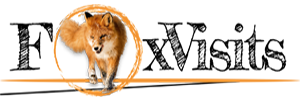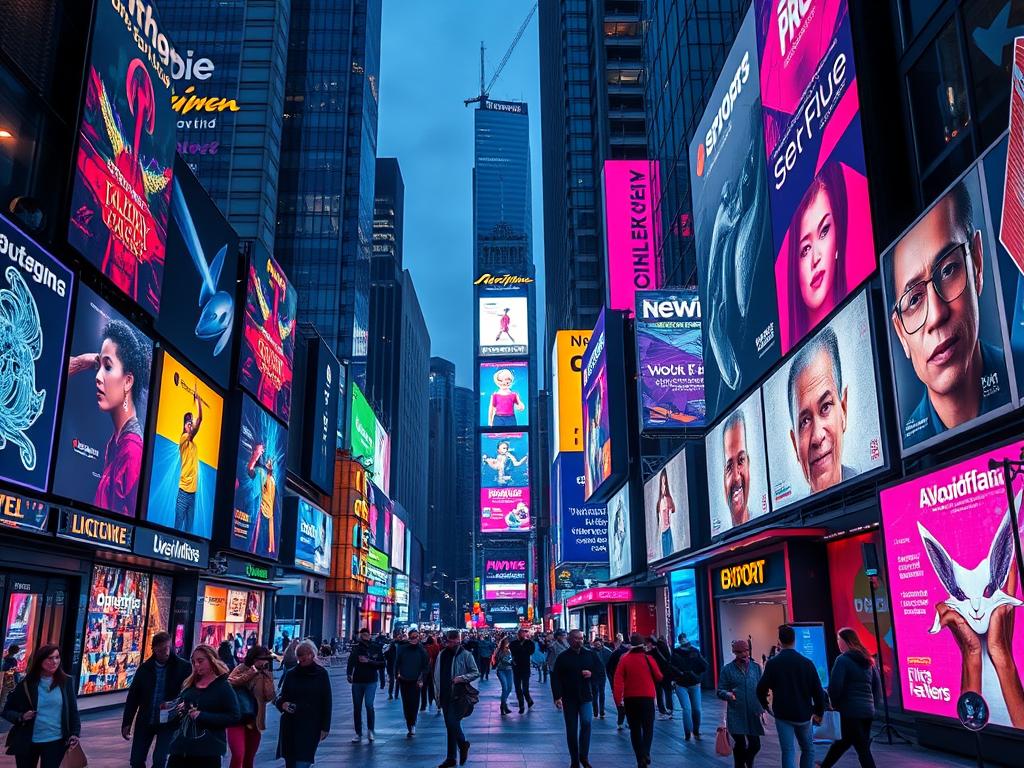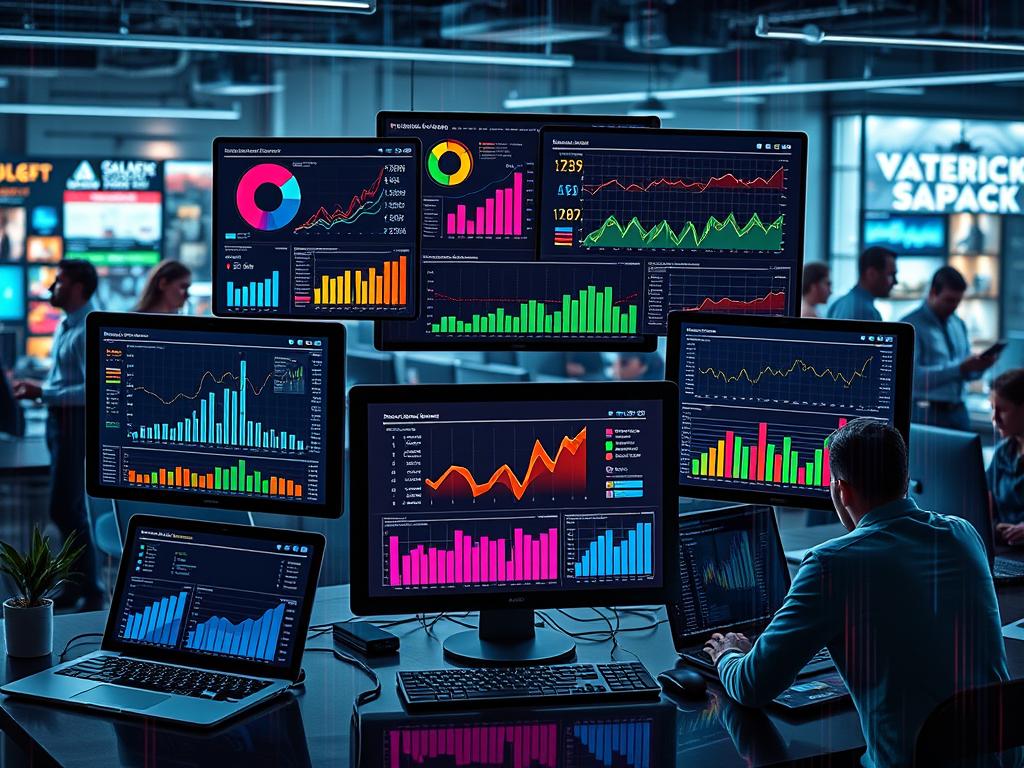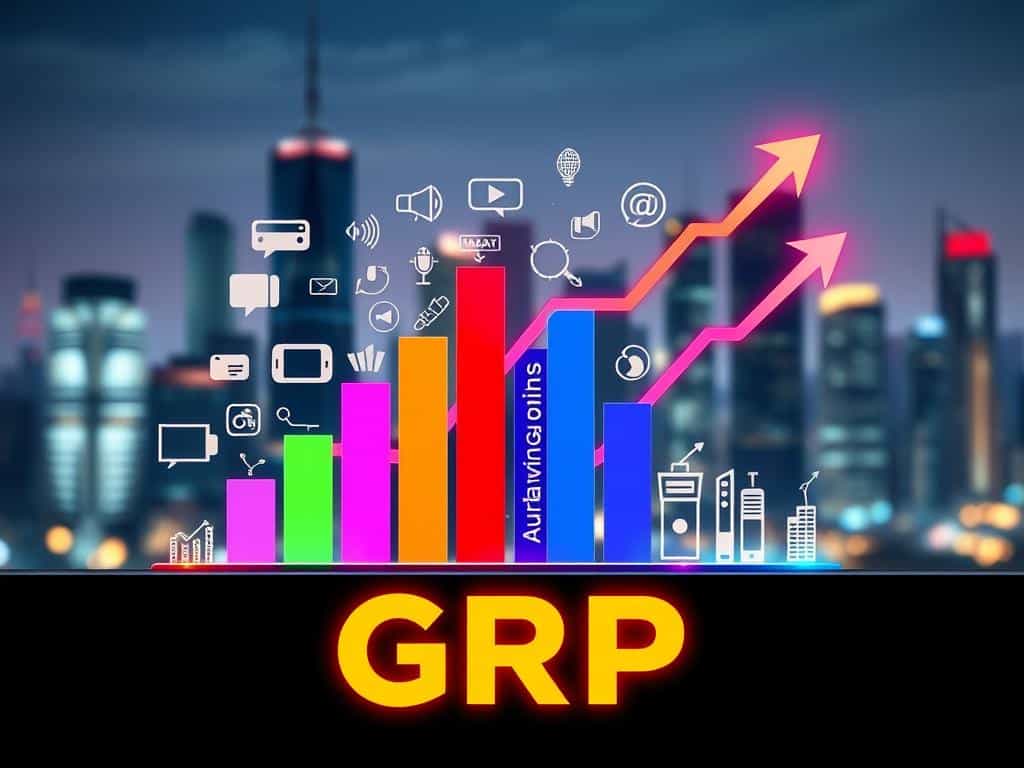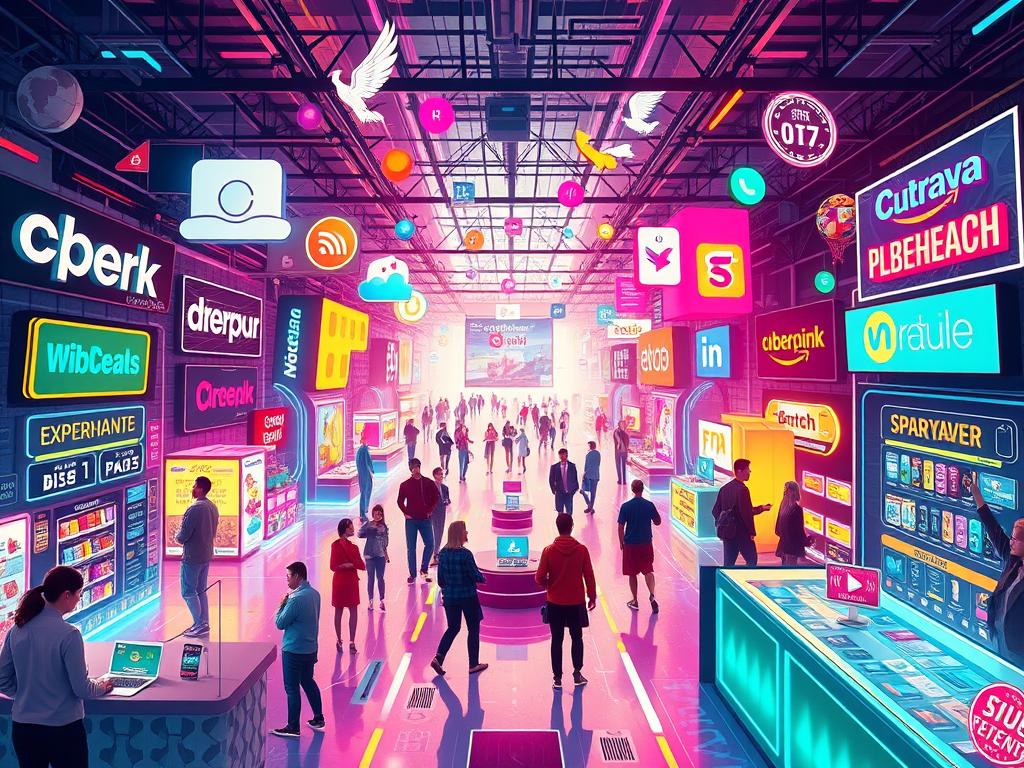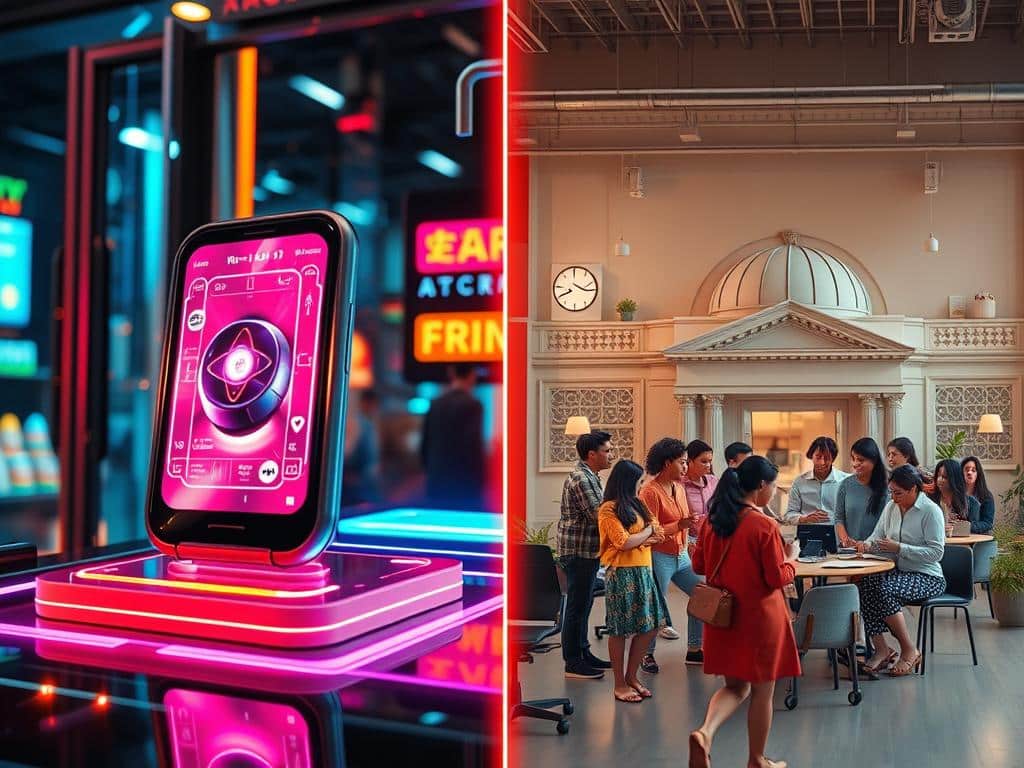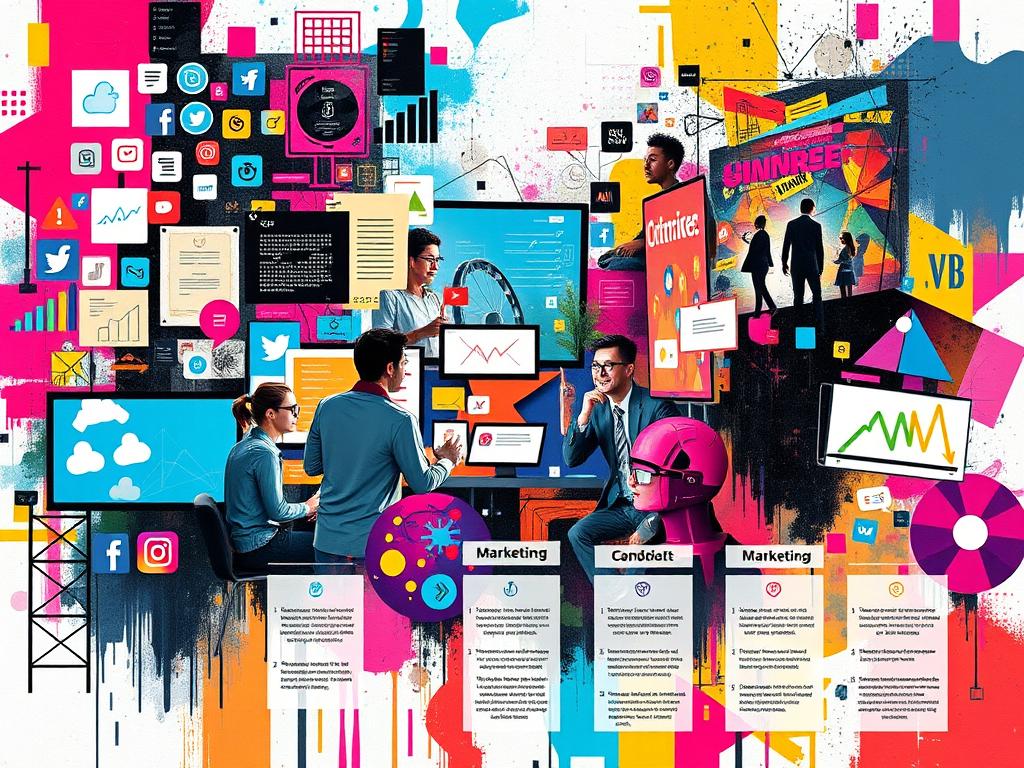Mastering the art of selling digital billboard advertising is essential for the success and sustainability of any billboard company. Employing effective outdoor advertising strategies can make all the difference in capturing a larger share of the market. Direct sales to local, regional, and national advertisers offer more control over the sales process, making it a powerful method for personal negotiations and better client relationships.
Programmatic advertising introduces automation into the equation, offering efficiency and scalability. This method leverages automated systems to sell ad space, saving time and reducing the need for manual effort. Partnering with OOH/DOOH agencies can also expand your reach, helping attract larger brands and providing a network of potential clients, albeit with slightly longer payment terms due to multiple parties involved.
Innovative platforms like Fliphound simplify the digital billboard sales process by tapping into a $53 billion online advertising market. By offering an easy and user-friendly online platform, they help fill excess inventory through real-time bidding, which is attractive to both short-term advertisers and long-term buyers. The pragmatic approach Fliphound takes can eliminate the hassles of manual transaction handling, ensuring timely payments through their pre-paid transaction system.
Another excellent way to maximize revenue is by selling available billboard space to the public for personalized messages. Platforms like Billboard4Me enable individuals to purchase ad space for special occasions, creating additional revenue streams without competing with primary advertising space. Ultimately, understanding your capabilities, audience, and competition, and using a blend of strategic methods, will lead to a successful digital billboard advertising sales strategy.
Direct Sales Strategies for Digital Billboard Advertising
Mastering direct sales strategies for digital billboard advertising can significantly boost your advertising revenue. An effective strategy encompasses a multitude of components such as building a strong sales pitch, leveraging local, regional, and national advertisers, and understanding your audience demographics. By honing in on these aspects, you can develop a powerful approach that resonates with potential clients.
Building a Strong Sales Pitch
Successfully selling digital billboard advertising hinges on sales pitch development. Your pitch should clearly articulate the value of your billboard location and the demographics it attracts. Highlight the advantages of digital billboards, such as real-time updates, the ability to host multiple ads, and integration with social media. These features ensure extensive visibility and engagement. According to a Nielsen study, 60% of respondents noted seeing a digital billboard in the past week, with 75% recalling one in the past month. Utilize this data to emphasize audience recall and engagement in your pitch.
Leveraging Local, Regional, and National Advertisers
A broad client base spanning local, regional, and national advertisers is essential for maximizing your reach. Cold calling local businesses and offering attractive incentives can stimulate interest. Creating competitive and flexible rate plans further amplifies your appeal. For regional and national advertisers, present visual examples of successful campaigns that leveraged target advertising. Illustrate the substantial recall rates, where 74-89% of consumers remember specific ads and businesses promoted on digital billboards, to prove their efficiency.
Understanding Your Audience Demographics
A deep understanding of your audience demographics can transform your pitch. Providing comprehensive audience insight allows you to tailor recommendations precisely. For instance, knowing that 71% of consumers are more likely to notice a digital billboard over an online advertisement can guide how you present your billboard’s impact relative to other media. This detailed knowledge can also help in advising clients on the optimal use of colors, images, and text to achieve the highest readability and engagement.
The table below provides key statistics and best practices for digital billboard advertising, reinforcing the discussion of how to drive engagement and recall with strategic advertising approaches.
| Aspect | Best Practice | Statistics |
|---|---|---|
| Legibility | Use clear fonts | 60% recall seeing a billboard in the past week |
| Color Usage | Avoid too many bright colors; use RGB files | 71% more likely to notice digital over online ads |
| Images | Limit to three (headline, script, logo) | 75% recall seeing a billboard in the past month |
By integrating these strategies and practices into your approach, you can create a compelling case for prospective clients, demonstrating the powerful benefits of digital billboard advertising.
Programmatic Advertising for Efficiency and Scalability
Programmatic digital billboard advertising is revolutionizing the out-of-home advertising landscape, offering unprecedented efficiency and scalability. By connecting your billboard inventory to ad exchanges and DSPs (Demand-Side Platforms), you can automate the sale of ad space through real-time bidding. This not only streamlines the purchasing process but also enhances revenue by making efficient use of schedule gaps.
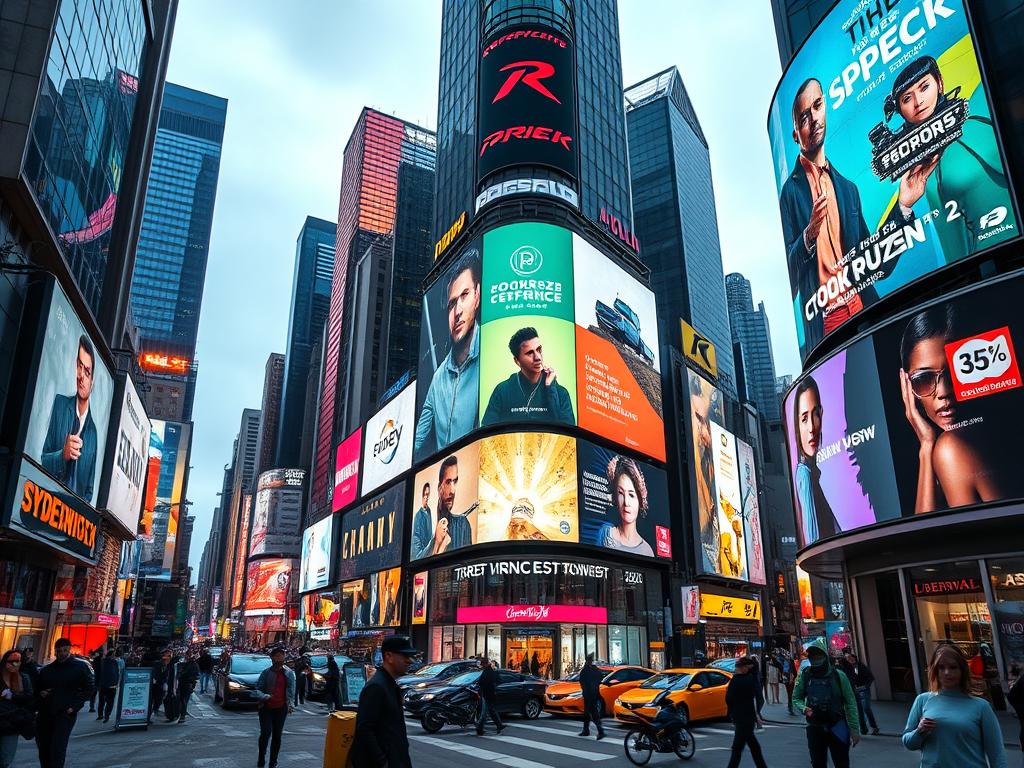
With 90% of Clear Channel’s premium digital inventory in airports and 80% at roadside available for purchase programmatically through automated real-time bidding, advertisers gain incredible access. By leveraging multiple DSP partners like Adelphic, Adform, Google/DV360, and The Trade Desk, you can ensure your billboards are visible to a wide range of advertisers, improving your chances of filling inventory seamlessly.
Connecting to Ad Exchanges and DSPs
Connecting your digital billboard inventory to ad exchanges and various DSPs is the key to unlocking the full potential of programmatic advertising. Clear Channel Outdoor, for instance, collaborates with over 20 DSP partners, enabling a broad reach. By utilizing platforms such as Fliphound, operators can offer an online marketplace for their inventory, making it visible to hundreds of advertisers. This connectivity ensures a continuous and automated influx of ad content, eliminating the manual workload associated with traditional sales processes.
Advantages of Automated Real-Time Bidding
Automated real-time bidding offers several advantages for digital billboard operators. One major benefit is the efficient monetization of ad space, as programmatic systems can dynamically price placements based on real-time demand. This leads to optimized revenue without requiring manual intervention. Additionally, Clear Channel Outdoor’s RADARProof can measure the impact of programmatic DOOH campaigns, providing actionable insights both mid-flight and post-campaign.
Moreover, most transactions in programmatic digital billboard advertising are pre-paid, ensuring reliable cash flow and reducing the burden of accounts receivable. As automated buying and selling of ad space continue to evolve, the adoption of programmatic methods ensures that your billboard operations stay ahead in terms of both technology and profitability.
Partnering with OOH/DOOH Agencies and Networks
Collaborating with Out-of-Home (OOH) and Digital-Out-of-Home (DOOH) agencies and networks can significantly elevate your advertising game. Leveraging OOH agency partnerships allows you to access a wider range of clients and more extensive campaigns without scaling your sales team. This synergy often leads to more prominent national brands getting featured on your billboards, increasing your exposure and brand reputation.
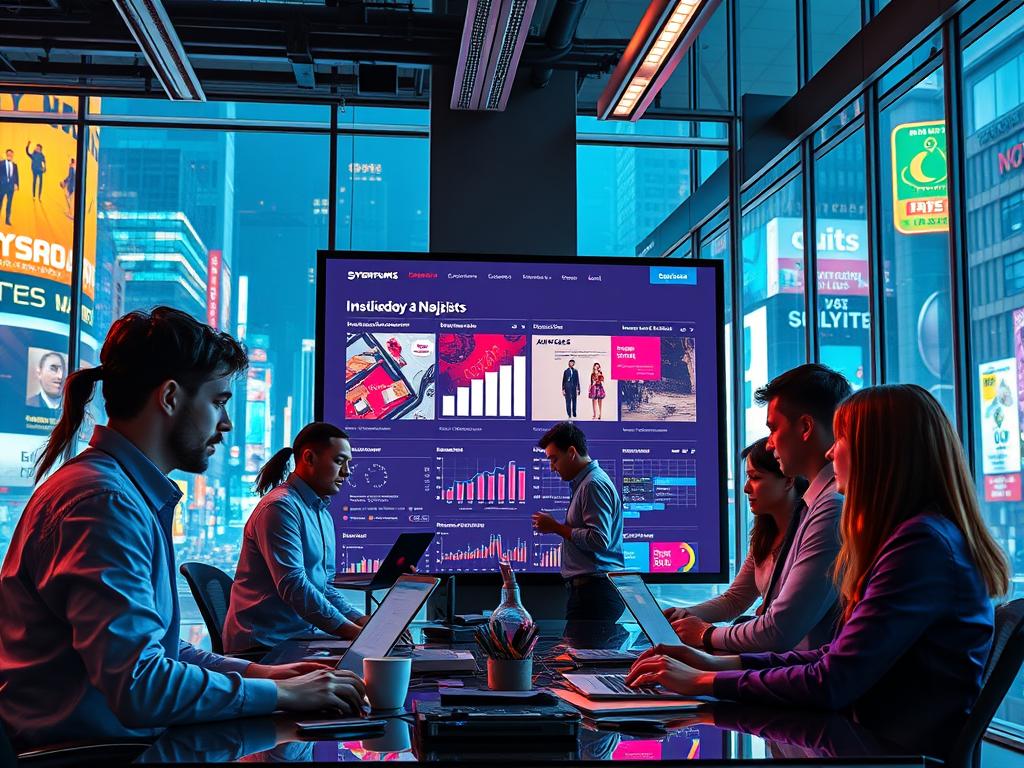
Leveraging Agency Networks for Larger Clients
Accessing larger clients is one of the standout benefits of OOH agency partnerships. For instance, Screenverse, boasting a network of over 97,000 digital screens across 210 DMAs, offers advertisers a vast reach. Their partnership with SignBird ensures the availability of high-quality photography and videography assets, enhancing campaign effectiveness. Screenverse + Apparatix supports more than 1,600 independent billboard operators, with some experiencing nearly a 100% increase in programmatic revenue.
By aligning with such extensive networks, your inventory becomes more attractive to agencies managing high-profile brands. This not only expands your client base but also opens the door to targeted campaigns across various venue types like retail locations, office spaces, and gyms. The global DOOH market is projected to reach $33.37 billion by 2025, underscoring the growth potential in this space.
Handling Requests for Proposals (RFPs)
Effective RFP management is essential for securing large-scale advertising deals. Agencies have the expertise to manage these complex proposals, ensuring your offerings are competitive and compelling. The ability to supply high-quality POP (Proof of Performance) is crucial for agencies and media buyers to verify that ad content is correctly displayed. SignBird’s team plays an integral role in creating these premium assets.
The U.S. ad spend on DOOH advertising reached $2.87 billion last year, with continued double-digit growth projected through at least 2027 according to eMarketer. By partnering with OOH and DOOH agencies, you streamline the management of RFPs, tapping into their established relationships and sales networks. This collaboration ultimately positions your digital billboards for higher returns on investment and increased programmatic sales networking.
Using Ad Networks or Brokers
Engaging with specialized ad networks or advertising brokers can open up new advertising opportunities for digital billboard operators. These digital billboard intermediaries connect you with a variety of advertisers seeking visibility through digital out-of-home (DOOH) channels. Leveraging ad networks can drastically reduce your marketing burden while providing access to wider and more relevant campaigns.
Working with Digital OOH Sales Specialists
When you choose to work with digital OOH sales specialists, you benefit from their expert knowledge and existing relationships in the market. These specialists can help you secure advertising deals by leveraging their established connections with major media buyers and brands. This approach is particularly effective if you’re targeting multiple publishers and aiming to maximize your ad space utilization. By pre-buying inventory from top-tier publishers, they often secure exclusive deals, ensuring high demand for your ad space. Additionally, many ad networks now offer advanced technologies such as programmatic direct, which automates ad-buying processes for even greater efficiency and scalability.
Commission and Fee Structures
Most digital billboard intermediaries operate on a commission-based selling model or charge set fees for their services. Typically, commission rates are a percentage of the sales generated through their platforms. Alternatively, some networks may charge a flat fee for access to their services. It’s essential to understand these fee structures as they directly impact your revenue. While the revenue per sale might be lower compared to direct sales, the reduction in marketing efforts and the broader reach often provide a net benefit.
| Ad Network/Advertiser | Specialization | Commission/Fee Model |
|---|---|---|
| Google AdSense | Display Ads | CPC/CPM |
| Media.net | Premium Publishers | Cost-per-Impression |
| PropellerAds | Push Notifications, Display, Native Ads | CPC/CPM |
| Adcash | Bypassing Ad Blockers | CPM |
Understanding the commission and fee structures of these advertising brokers will help you make informed decisions and optimize your revenue potential. Whether through traditional sales models or leveraging new programmatic technologies, ad networks can provide significant advantages for digital billboard operators.
How Can Selling Advertising Ideas Help in Selling Digital Billboard Advertising?
Selling advertising ideas to companies effectively can drive success in digital billboard advertising by showcasing creative potential and tangible results. Innovative concepts capture attention, resonate with target audiences, and demonstrate value. By presenting impactful advertising strategies tailored to clients’ needs, businesses build trust and foster partnerships that translate into successful digital billboard campaigns.
Conclusion
Selling digital billboard advertising is a multifaceted journey that can substantially maximize billboard revenue when approached with the right strategies. Whether you opt for direct sales or embrace programmatic advertising, partnering with OOH/DOOH agencies, or utilizing ad networks and brokers, each avenue provides unique benefits that can cater to your specific business objectives and resource capabilities.
In the competitive world of outdoor advertising, understanding the dynamics, such as the capability to display various media forms on LED signs and the potential revenue from displaying ads, is crucial. For instance, with 10800 ad slots available daily on LED signs and clients earning $150-$250 per day from these ads, the opportunities for effective billboard advertising are substantial. By leveraging these high-tech, durable, and flexible advertising platforms, you can appeal to both local and national advertisers, creating targeted campaigns that resonate with your audience.
The projected growth in the global billboard advertising market, anticipated to reach $14.4 billion in 2024, underscores the sector’s vitality. Digital billboards, accounting for 42% of outdoor advertising revenue and remembered by 75% of travelers, highlight their effectiveness. Integrating statistics and strategies into your advertising sales approach can enhance your advertising sales success. Billboards capture 98% of drivers’ and passengers’ attention, with 71% of consumers frequently engaging with them. Such compelling data emphasizes the potential for brand awareness and customer engagement, solidifying billboards as powerful marketing tools.
Ultimately, your success in this space will hinge on staying adaptable and innovative. Monitor industry trends, employ diverse sales techniques, and refine your approaches to ensure sustained growth and optimization of your billboard advertising efforts. When harnessed creatively and effectively, digital billboards can be a significant asset, providing a win-win situation for your business and your clients.
